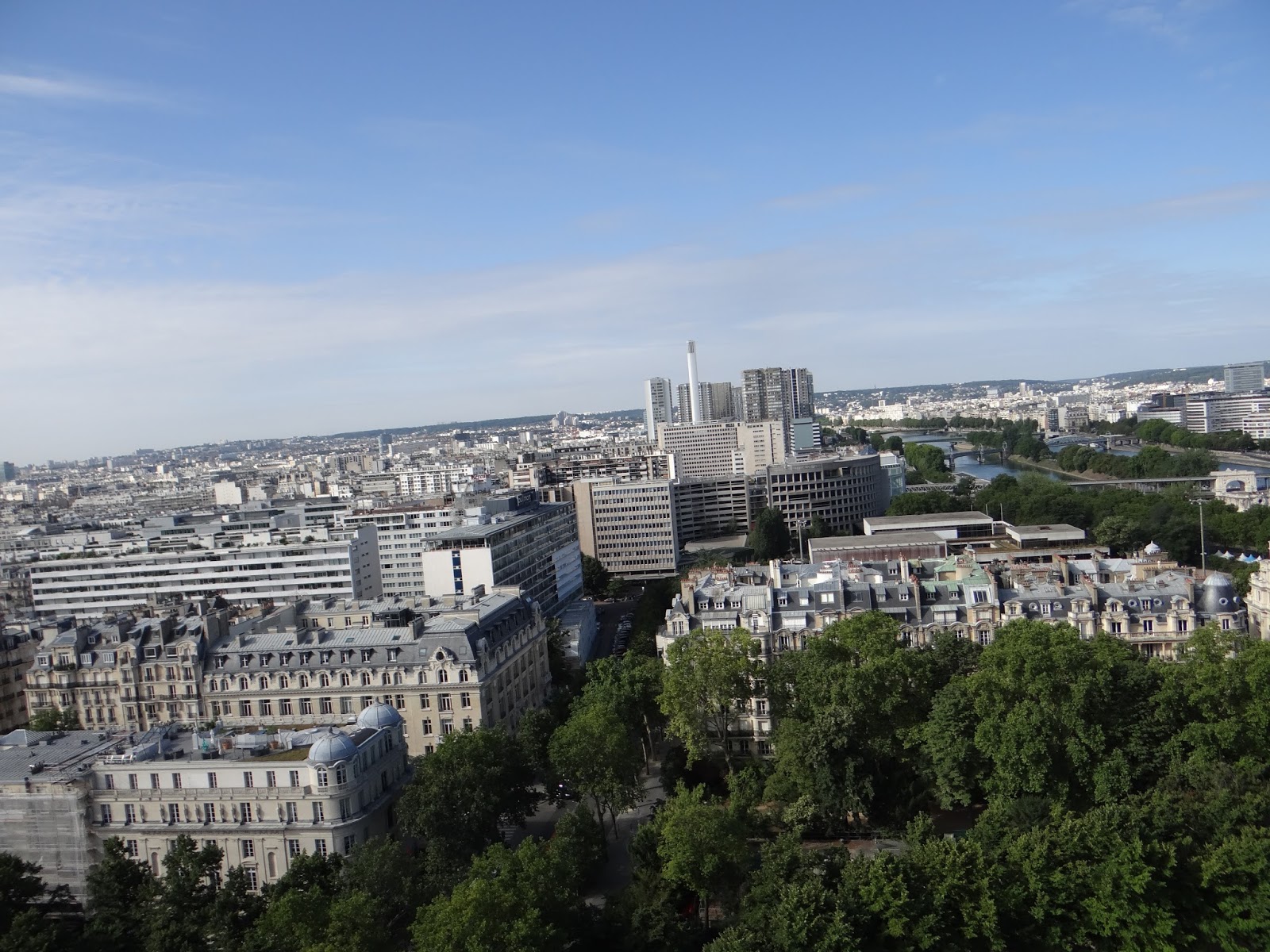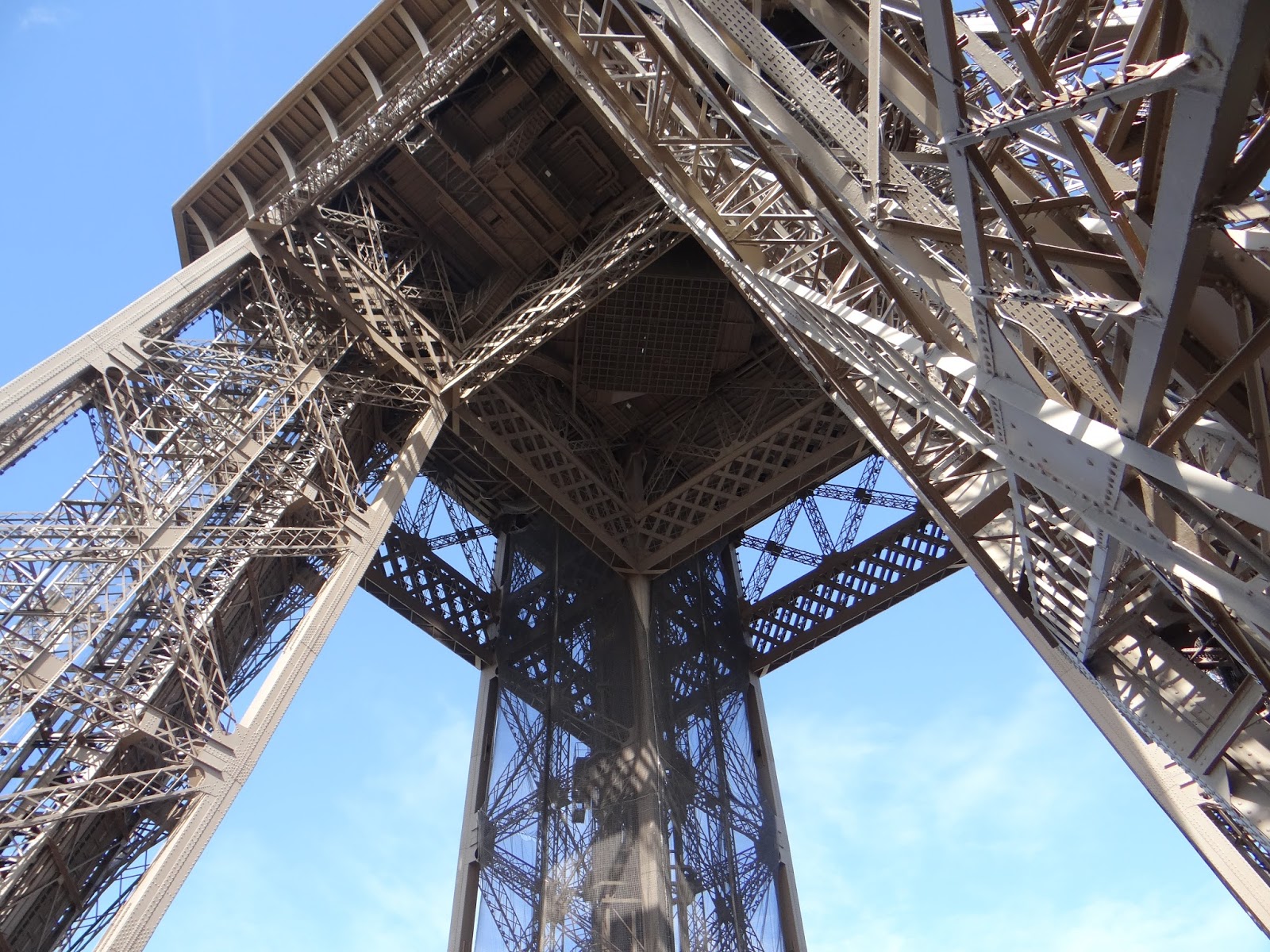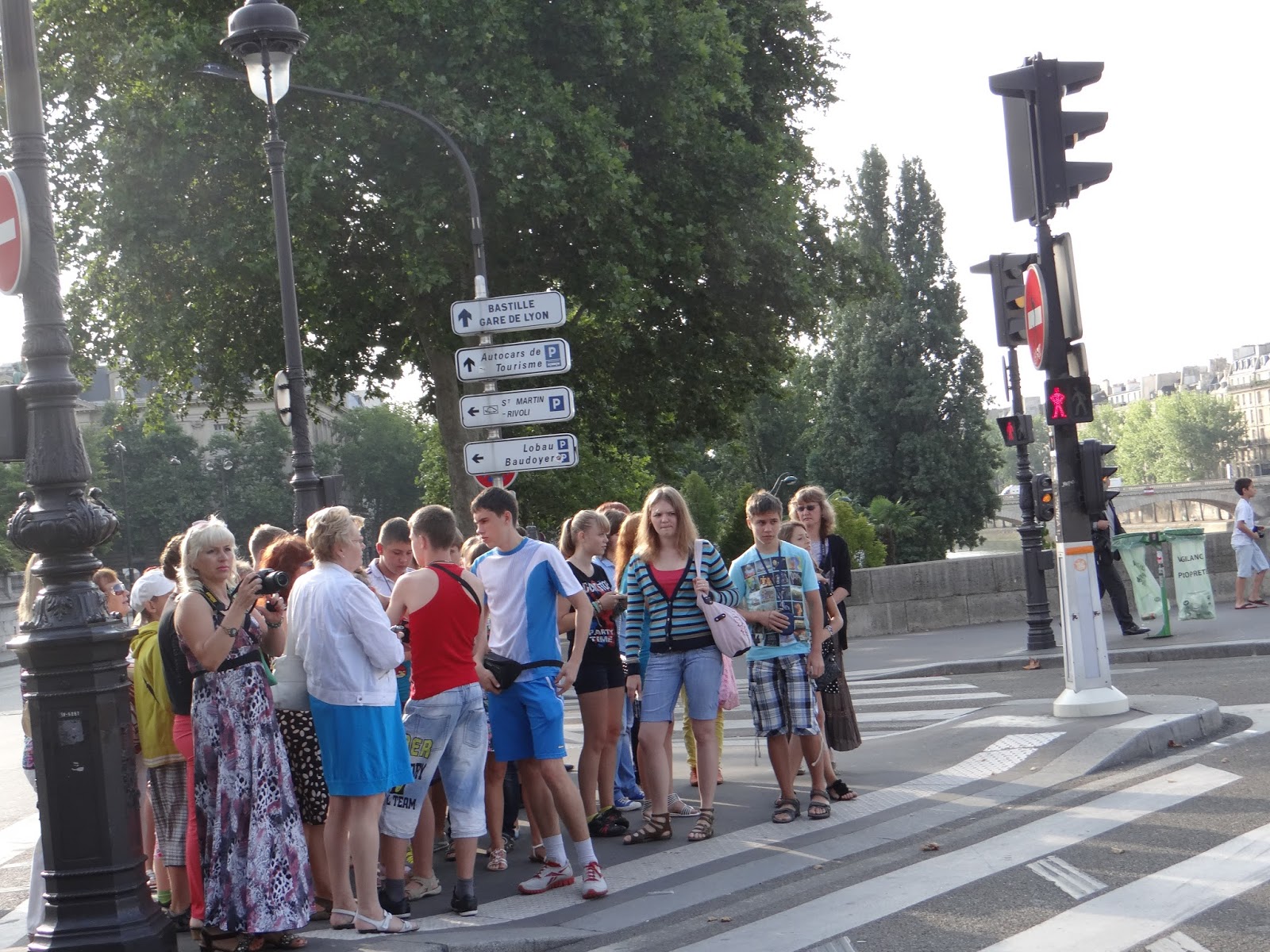Guruwafaa in front of the house and garden of Claude Monet, Giverny, France August 2013
Claude Monet:
(French: [klod mɔnɛ] or [mɔne]; 14 November 1840 – 5 December 1926) was a founder of French impressionist painting, and the most consistent and prolific practitioner of the movement's philosophy of expressing one's perceptions before nature, especially as applied to plein-air landscape painting.[1][2] The term Impressionism is derived from the title of his painting Impression, Sunrise (Impression, soleil levant).
Guruwafaa at the water lily garden of Claude Monet, Giverny, France August 2013
House of Monet and water lily garden:
At the beginning of May 1883, Monet and his large family rented a house and 2 acres (8,100 m2) from a local landowner. The house was situated near the main road between the towns of Vernon and Gasny at Giverny. There was a barn that doubled as a painting studio, orchards and a small garden. The house was close enough to the local schools for the children to attend and the surrounding landscape offered many suitable motifs for Monet's work. The family worked and built up the gardens and Monet's fortunes began to change for the better as his dealer Paul Durand-Ruel had increasing success in selling his paintings. By November 1890, Monet was prosperous enough to buy the house, the surrounding buildings and the land for his gardens. During the 1890s, Monet built a greenhouse and a second studio, a spacious building well lit with skylights. Beginning in the 1880s and 1890s through the end of his life in 1926, Monet worked on "series" paintings, in which a subject was depicted in varying light and weather conditions. His first series exhibited as such was of Haystacks, painted from different points of view and at different times of the day. Fifteen of the paintings were exhibited at the Galerie Durand-Ruel in 1891. He later produced several series of paintings including: Rouen Cathedral, Poplars, the Parliament, Mornings on the Seine, and the Water Lilies that were painted on his property at Giverny.
Monet was fond of painting controlled nature: his own gardens in Giverny, with its water lilies, pond, and bridge. He also painted up and down the banks of the Seine, producing paintings such as Break-up of the ice on the Seine. He wrote daily instructions to his gardener, precise designs and layouts for plantings, and invoices for his floral purchases and his collection of botany books. As Monet's wealth grew, his garden evolved. He remained its architect, even after he hired seven gardeners.[21]
Enjoy the tour:
The entrance, the house and garden around
The water lily garden and his two boats:

















































